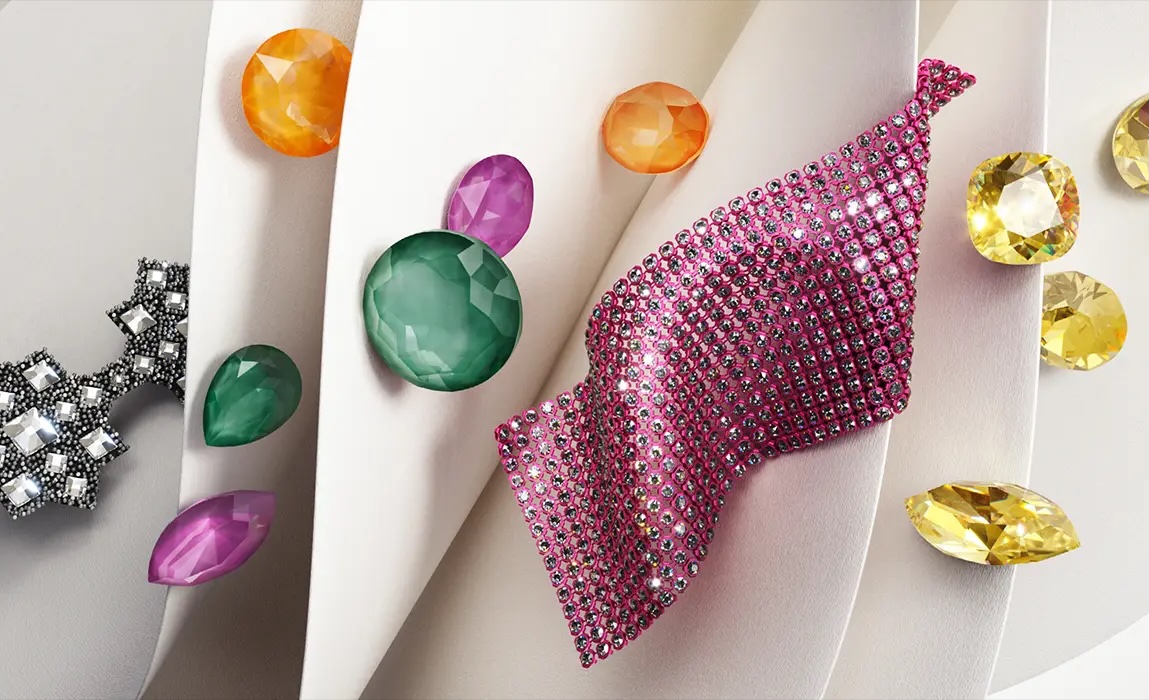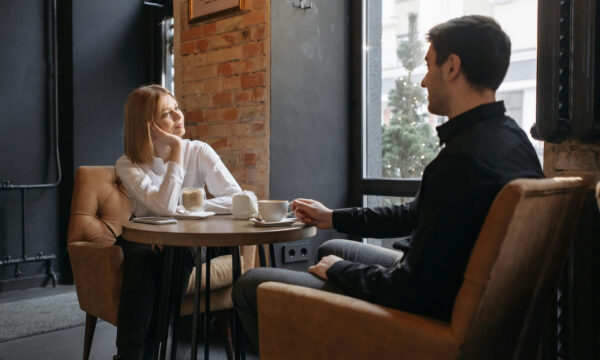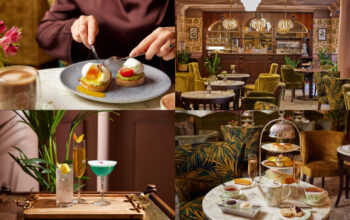How to use flatback crystals in custom projects

Flatback crystals have carved a curious niche for themselves. Somewhere between utilitarian and indulgent, they manage to elevate even the most mundane object into something worth a second glance. Whether it’s a DIY phone case or a piece of theatre costume, these tiny reflective elements speak to a basic human instinct: the need to adorn, to express, to dazzle, however subtly.
But it’s not just about sparkle. The use of flatback crystals in bespoke work involves a thoughtful balance between aesthetics, materials and process. There’s a certain satisfaction in the tactile ritual of applying them, a kind of quiet precision that draws in creators of all kinds.
Why flatback crystals are a go-to for creatives
Flatback crystals don’t discriminate. They’ve been embraced by crafters, designers, students, stage performers and even tech modders. The key is their versatility. Most flatback crystals come in either hotfix or non-hotfix varieties, with non-hotfix being especially popular for their compatibility with an enormous range of surfaces and adhesives.
Unlike other embellishments, they add dimension without overwhelming the form of the object they’re attached to. They reflect light without needing it. And importantly, they look far more expensive than they are. For independent designers or anyone working on a budget (which, let’s be honest, includes most people), that makes a difference.
When it comes to sourcing a variety of shapes and sizes, discover decorative options here. There is a certain satisfaction in observing subtle variations lined up – a visual vocabulary that can inform the next phase of a creative process. At times, inspiration arises not from a grand idea, but from the precise shimmer of a well-cut 4mm gem.
Where flatback crystals work best (and where they don’t)
Placement can make or break the effect. These elements shine on hard surfaces such as acrylic, metal, or glass. Examples include compact mirrors, guitar bodies, or tablet covers. Fabric projects are also suitable, provided the materials are not stretchy or overly delicate. Denim, canvas, or cotton-blend fabrics hold adhesive well and offer enough structure to keep the design crisp.
On the other hand, soft leather, silk or nylon tend to resist adhesion, or worse, distort under pressure. And while it might seem fun to bling out a pair of high-performance running shoes or a phone case that lives at the bottom of a handbag, durability does have limits. Crystals are not invincible; they chip, scratch and sometimes fall off. Moderation, or at least strategic planning, is the name of the game.
Application: The ritual and the risk
The application process, while accessible, does require patience. Most opt for a clear-drying adhesive like E6000 or Gem-Tac, applied with a toothpick or fine-tipped syringe. Some people use wax pencils or crystal pickers to position each stone. Others rely on tweezers and good lighting.
The real trick is knowing when to stop. It’s easy to get caught in the momentum and cover every available surface. But the most effective designs usually involve restraint, allowing space to guide the eye, contrast to heighten impact. A sparse cluster on the corner of a picture frame often draws more attention than a full border. Visual rhythm matters, even in sparkle.
Also, mistakes happen. Crystals misalign, glue bleeds, or worse, a well-placed gem slides off mid-drying. It’s normal. Even seasoned crafters have their off days. The secret lies in letting those mistakes guide the next attempt, rather than sinking the whole project in frustration.
Cultural curiosity: The enduring appeal of sparkle
At first glance, crystal embellishment might seem like a fringe hobby, a slightly kitsch indulgence. But from bridal gowns to ballroom competitions to music videos, it’s clear that sparkle still resonates. There’s something timeless about the way light plays across a faceted surface. It catches the eye, yes, but also taps into a deeper emotional register.
It might be nostalgia, or the need for control in chaotic times. After all, arranging tiny glittering pieces into a perfect layout offers a sense of order, purpose, even ritual. It’s no surprise that more people turned to crafts like this during lockdowns. For some, it was a creative outlet. For others, a therapeutic one.
Either way, flatback crystals have remained relevant due to their adaptability. They are not tied to any single aesthetic or trend. Whether embracing maximalism or minimalism, these crystals can be incorporated effectively.
Final thought: Embrace the process
Using flatback crystals in custom projects isn’t just about making something pretty. It’s about care, patience and the little thrill of watching a project go from ordinary to quietly remarkable. Sure, there’s effort involved, and the occasional failed attempt, but that’s part of the reward.
If tempted to try it, there is no need to overthink. Begin with small steps, select a palette, and focus on enjoying the process. The result may be surprising – not due to any inherent sparkle, but as a consequence of deliberate intention.
The editorial unit

























Facebook
Twitter
Instagram
YouTube
RSS